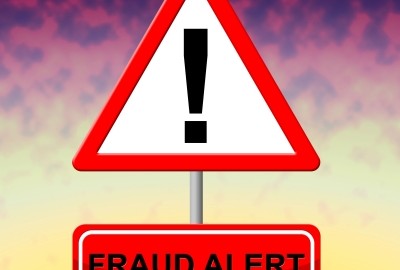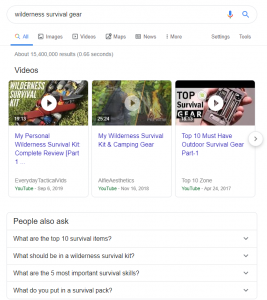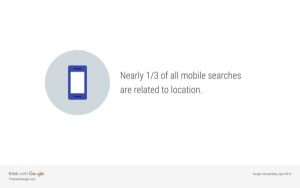 Is that nasty review that’s shown up on your website the work of a disgruntled fan? Or did a business competitor write up a few words to torpedo your reputation?
Is that nasty review that’s shown up on your website the work of a disgruntled fan? Or did a business competitor write up a few words to torpedo your reputation?
These questions matter. After all, the way you’ll handle these two types of reviews is strikingly different. If a review is fake, you’ll need to report it to the Yelp powers and try hard to get it removed. If the review is real, on the other hand, you’ll need to reach out to that consumer and try to make the problem right.
Given that Yelp estimates that about 25 reviews are either suspicious or not recommended, you probably have one or two of these fakes lurking on your page. And with a little detective work, you can ferret them out.
Here are 5 key attributes that show up in most, if not all, fake Yelp reviews.
1. Rock-Bottom Star Ratings
A competitor interesting in ruining your reputation won’t bother with leaving two- or three-star ratings. That enemy wants to drag down your entire ranking on Yelp. And there’s only one way to do that: Leave a one-star review.
Since Yelp works as an aggregator, publishing an average of all of the scores you’ve pulled down in all of your reviews, one very low score can do a great deal of damage. Moderate scores just can’t do that.
So any review with a one-star ranking should have your hackles up.
2. Brand-New Writers
The average Yelp user writes up several reviews. When this person finds a great bar, up goes a review. When this person has a bad experience at the dog groomer’s, up goes a review. Writing about experiences becomes a way of life, so this person typically has tons of reviews to his/her name.
Someone hoping to torpedo your reputation may have only one review to his/her name: Your review. Why? Because this attacker probably wants to be anonymous. The person doesn’t want you marching over there to complain, so hiding out is best.
Your attacker can do that by creating a new Yelp account, and writing up that review to hurt you. Once that’s done, the person might never use that login information again. The one review, with the one name, will do the trick.
3. Super-Short Text
A real person writing a real review will probably try to give a comprehensive overview of the entire experience. That writer might mention selection, customer service, checkout and delivery. That person might have good things to say and bad things to say, all mixed together in a very long jumble.
Someone trying to attack you, on the other hand, might try to keep the words short. That brevity makes it less likely that you’ll be able to identify your attacker (you’ll have fewer clues to work with), and it takes less time to complete.
4. Overwhelming Nasty Words
Most reviewers mix in a little good with the bad. They might have something to complain about, but they might also try to find at least one thing to compliment about you and the work you’re doing. Most people are at least a little bit polite, so they don’t want to cram your page full of ugliness.
Your attacker doesn’t care about all that.
Reviews that are negative from start to finish should be a deep and persistent red flag for you. These people may have nothing at all nice to say about you and your work. They’ll dive in, get nasty, and get right out again.
5. Absence of Photos
How many of your customers own cameras? Probably all of them. And most of them will take photographs to support their claims in a Yelp review. If they don’t like your product, they’ll share a snap of it. If they don’t like the setup of the store, they’ll shoot that. And if they really love your packaging, they’ll take snaps of that. Photos make claims come to life.
But your attacker may have no experience with anything that can be photographed. This person might never walk into your shop, buy your products or talk to a person. So there are no snaps to share. That’s what makes it fake.
So what can you do to stop a faker? Try reporting the issue to Yelp directly, so you can get it removed. And if that doesn’t work, consider a short-but-sweet response: “I have no record of serving any customer with this name at any point. Everything in this review is false.” That should help staunch the bleeding.
And, of course, do all you can to get your real customers to write real reviews. Do that, and you’ll have a Yelp strategy everyone will envy.
Image source: Stuart Miles via FreeDigitalPhotos.net
Digital & Social Articles on Business 2 Community(27)








